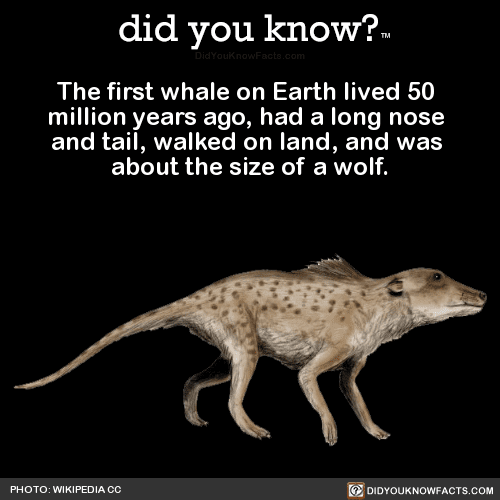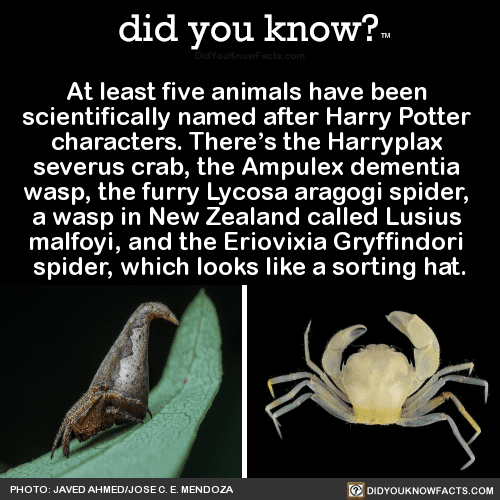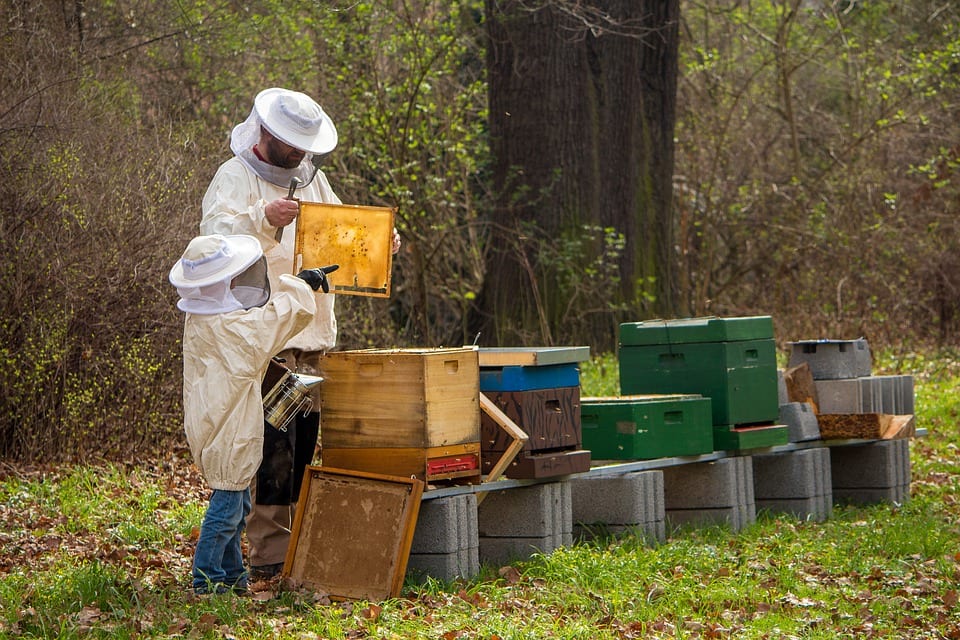After many mysterious respiratory illnesses that seem to be linked to vaping, health officials in Illinois are ready to say the e-cigarettes are the cause of death in at least one case.
The Department of Public Health Director Ngozi Ezike issued a statement:
“The severity of illness people are experiencing is alarming and we must get the word out that using e-cigarettes and vaping can be dangerous. We requested a team from the Centers for Disease Control and Prevention to help us investigate these cases and they arrived in Illinois on Tuesday.”
Earlier this month, the CDC began an investigation into several reports of the unidentified lung disease that has affected almost 100 people across a dozen U.S. states. No information about the victim in this case has been provided, except that they were an adult person living in Illinois.
The reported number of people suffering from respiratory issues related to vaping has doubled in just a week, and now 22 people between the ages of 17 and 38 have been hospitalized due to the condition. People who have shown symptoms of the illness only share one commonality: vaping. People have grown sick after vaping THC products, nicotine products, and a combination of the two.
The CDC, along with state health officials and the USDA, are looking into the names, brands, types of products and kinds of devices the patients used in order to try to pin down a more specific culprit, but right now the risky behavior seems to be vaping at all.
While the CDC admits that e-cigs can be helpful to those who hope to quit smoking, the potential risks outweigh the possible benefits for many others – and they advise that teens, young adults, and pregnant women avoid them at all costs.
Right now, the cause behind the illnesses remains a mystery, and health officials urge anyone who vapes and experiences chest pains or has difficulty breathing to seek medical attention right away.
If you haven’t started vaping, this information should be more than enough reason to steer clear…and if you have, it might be time to quit.
The post Doctors Attributed a Death to Vaping for the First Time appeared first on UberFacts.
 Students and staff at schools in Brooklyn’s District 20 held an anti-vaping rally at MCU Park on Wednesday, June 19 to raise awareness about the dangers of vaping. #uftny #vaping #novaping #smokingkills #dontvape #stopvaping #ecig #ecigarette
Students and staff at schools in Brooklyn’s District 20 held an anti-vaping rally at MCU Park on Wednesday, June 19 to raise awareness about the dangers of vaping. #uftny #vaping #novaping #smokingkills #dontvape #stopvaping #ecig #ecigarette #impulseinktattoo #cattattoo #cutetattoo #kittytattoos #hudsonwi #tattooshop #tattooparlor #minnesotatattoo #
#impulseinktattoo #cattattoo #cutetattoo #kittytattoos #hudsonwi #tattooshop #tattooparlor #minnesotatattoo # Located in the heart of the loop near the theater district, it’s a perfect location on State Street. Being the burger snob that I am, I had to try the “Atwood Burger.” @slagelfamilyfarm beef, American cheese, special sauce, pickles and romaine I love a medium rare, rare burger and the fact that they nailed mid rare on two thin patties is amazeballs. The beef was flavorful, juicy, and the bun to burger ratio was perfect
Located in the heart of the loop near the theater district, it’s a perfect location on State Street. Being the burger snob that I am, I had to try the “Atwood Burger.” @slagelfamilyfarm beef, American cheese, special sauce, pickles and romaine I love a medium rare, rare burger and the fact that they nailed mid rare on two thin patties is amazeballs. The beef was flavorful, juicy, and the bun to burger ratio was perfect  @joshuanmeyer – let me know the next time you are in the city – you’d love this burger! @ww peeps might be thinking
@joshuanmeyer – let me know the next time you are in the city – you’d love this burger! @ww peeps might be thinking  “Biz, that’s so many points!” But I ate half my plate, counted it as 17 points, loved every bite and I’m moving on. That’s the best part about @ww is that you never have to give up the foods you love – you can always make it work. I am now adding this burger into my Top 5 that I’ve tried in Chicago! My sister @jenncooks got the Nashville hot chicken sandwich and it was delicious too
“Biz, that’s so many points!” But I ate half my plate, counted it as 17 points, loved every bite and I’m moving on. That’s the best part about @ww is that you never have to give up the foods you love – you can always make it work. I am now adding this burger into my Top 5 that I’ve tried in Chicago! My sister @jenncooks got the Nashville hot chicken sandwich and it was delicious too  Raise your hand
Raise your hand  if you want a bite
if you want a bite 



 : @erinliveswhole
: @erinliveswhole


































 : @awiexpedition / Mario Hoppmann #mosaic #arctic #arcticocean #research #science #alfredwegenerinstitut #mosaicexpedition
: @awiexpedition / Mario Hoppmann #mosaic #arctic #arcticocean #research #science #alfredwegenerinstitut #mosaicexpedition Photo by Mine Tekman #alfredwegenerinstitut
Photo by Mine Tekman #alfredwegenerinstitut